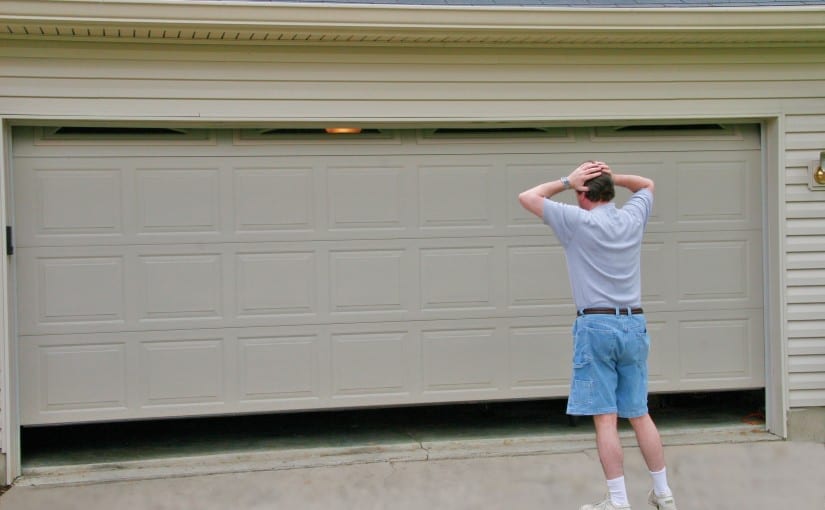Have you ever experienced the frustration of trying to open your garage door on a chilly winter morning, only to find that it refuses to budge? If so, you’re not alone. In this informative guide, we’ll explore the reasons why your garage door won’t open when it’s cold outside and provide practical solutions to help you overcome this common problem. From understanding the effects of cold weather on garage door mechanisms to implementing preventative measures, we’ve got you covered. Let’s dive in and shed light on this chilly conundrum.

Understanding the Issue: Why Your Garage Door Won’t Open When Cold
Cold weather can have a significant impact on the performance of your garage door, causing various components to contract and stiffen. Some common reasons why your garage door may refuse to open in cold weather include:
- Frozen Components: When temperatures drop below freezing, moisture can accumulate on the moving parts of your garage door, causing them to freeze and become stuck.
- Lubricant Thickening: The lubricant used to keep your garage door running smoothly may thicken in cold temperatures, making it difficult for the door to move freely along its tracks.
- Spring Tension Changes: Cold weather can affect the tension of the springs in your garage door system, leading to issues with opening and closing.
Troubleshooting Steps: How to Get Your Garage Door Moving Again
If your garage door is refusing to open in cold weather, try the following troubleshooting steps to resolve the issue:
- Thaw Frozen Components: Use a hairdryer or heat gun to carefully thaw any frozen components of your garage door, such as the tracks, rollers, and hinges. Be sure to use caution to avoid damaging the door or causing injury.
- Apply Lubricant: Apply a silicone-based lubricant to the moving parts of your garage door, including the tracks, rollers, and hinges. This will help to loosen up any stiff components and restore smooth operation.
- Adjust Spring Tension: If the tension of the springs in your garage door system has been affected by the cold weather, consider adjusting them to compensate for the changes. Consult the manufacturer’s guidelines or seek professional assistance if necessary.
Preventative Measures: Keeping Your Garage Door Functional in Cold Weather
To prevent future issues with your garage door in cold weather, consider taking the following preventative measures:
- Regular Maintenance: Schedule regular maintenance checks for your garage door system, including lubrication of moving parts and inspection of springs and cables.
- Insulation: Install insulation on your garage door to help regulate temperatures and prevent moisture buildup that can lead to freezing.
- Weather Stripping: Ensure that the weather stripping around your garage door is in good condition and provides a tight seal to prevent cold air from entering.
Conclusion
In conclusion, experiencing difficulty with your garage door opening when it’s cold outside can be frustrating, but understanding the underlying causes and implementing preventative measures can help you overcome this issue. By thawing frozen components, applying lubricant, adjusting spring tension, and taking preventative measures, you can keep your garage door functioning smoothly even in the coldest of weather. Don’t let winter weather leave you stuck in the cold – take action to keep your garage door operating reliably all year round.
Read too: Why Your Liftmaster Garage Door Won’t Stay Closed and How to Fix It? Troubleshooting Tips



Leave a Reply